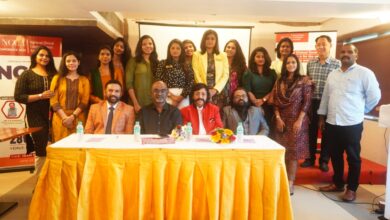21% of India’s adult population had COVID-19 by mid-December: Serological Survey
New Delhi: According to the third national serological-survey report of the Indian Council of Medical Research (ICMR), over 21 percent of the population, aged 18 years and above, showed evidence of past exposure to COVID-19. The data on seroprevalenceamong those aged 10-17 was found to be 25.3 percent.
Despite this fact, a large proportion of people are still vulnerable to the infection. The survey was conducted between December 7, 2020 to last year and January 8, 2021.Urban slums (31.7 percent) and urban non-slums (26.2 percent) had a higher SARS-CoV-2 prevalence than that in rural area (19.1percent). The survey shows that 23.4 per cent of individuals above 60 years of age had suffered from COVID-19.
“As per the studies,21.4 per cent of the 28,589 people, aged 18 years and above surveyed during the period, showed evidence of past exposure to the coronavirus infection. While 25.3 percent of children aged 10 to 17 years from the same number of surveyed population have had the infection” said DrBalramBhargava, Director General, ICMR.
Blood samples of 7,171 healthcare workers were also collected during the same period and the seroprevalenceamong them was found to be 25.7 per cent. The survey was conducted in the same 700 villages or wards in 70 districts in 21 states selected during the first and second rounds of the national serosurvey.A serosurvey involves testing of blood serum of a group of individuals to monitor trends in the prevalence of the novel coronavirus.
On the vaccination front, so far, 49,93,427 beneficiaries have been inoculated in the country out of which 11 states and Union Territories, including Tamil Nadu, Assam, Ladakh, Chandigarh, Meghalaya, and Manipur, have 30 per cent or less healthcare workers already received the first jab against COVID-19, the report said.
According to the statement, 12,39 private facilities and 5,912 public facilities are being used as COVID-19 immunisation sites in the country as of now.
The most direct and potentially least biased way to estimate the susceptibility profile of a population is via a suitably stratified, high-quality serological survey (henceforth called a sero-survey), where specimens obtained from selected populations are tested for antibodies to the respective viruses. (India Science Wire)




